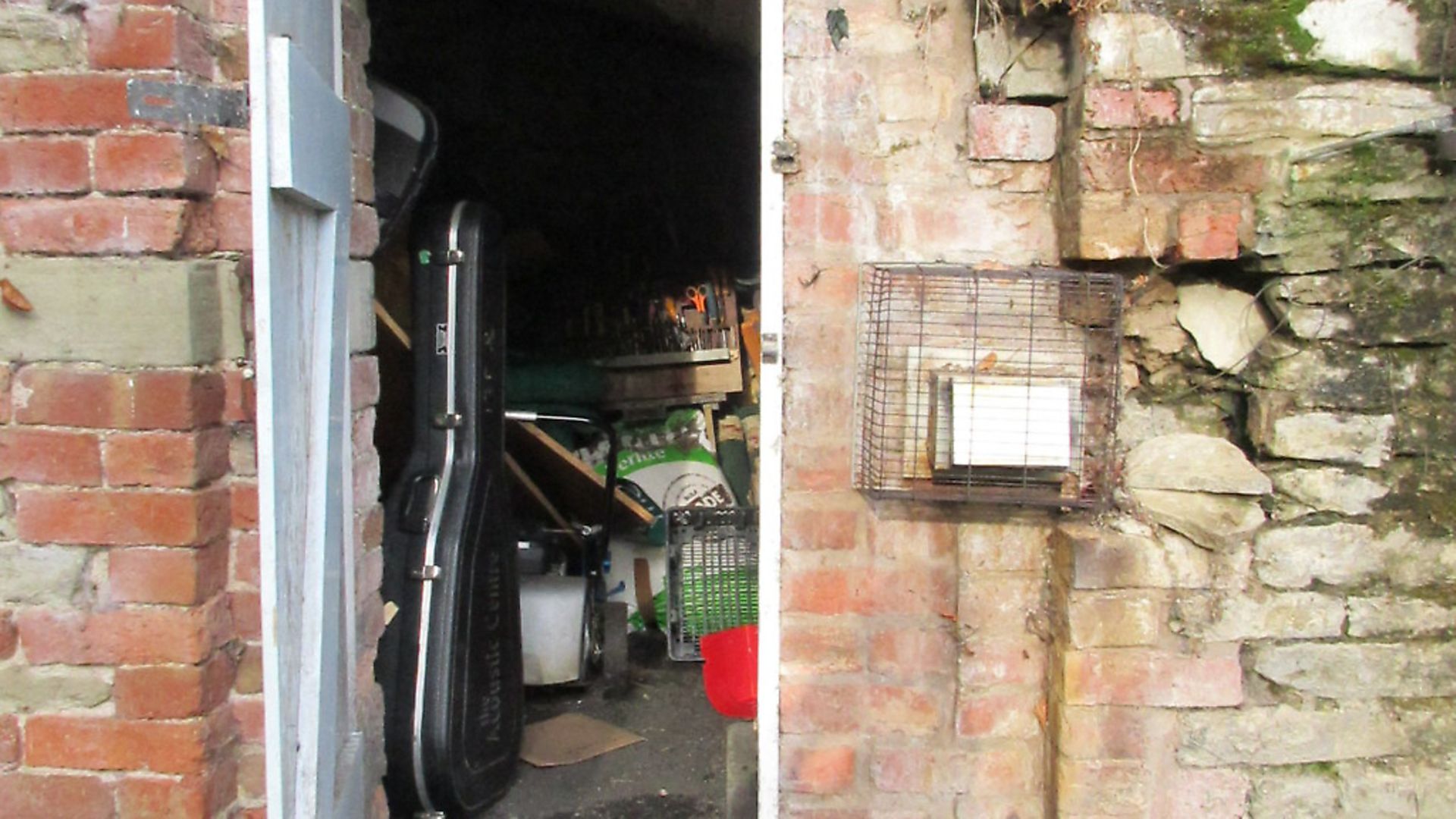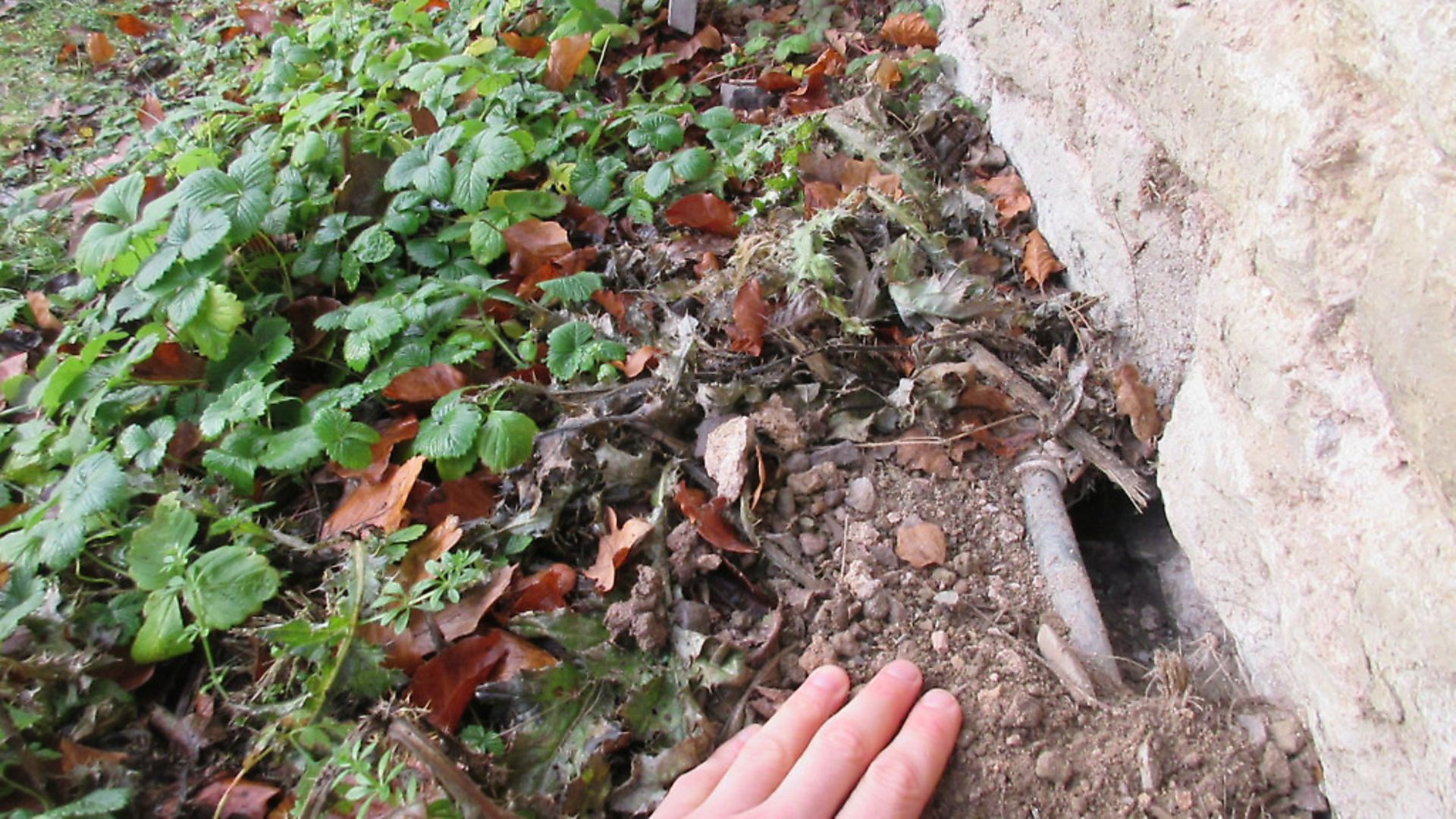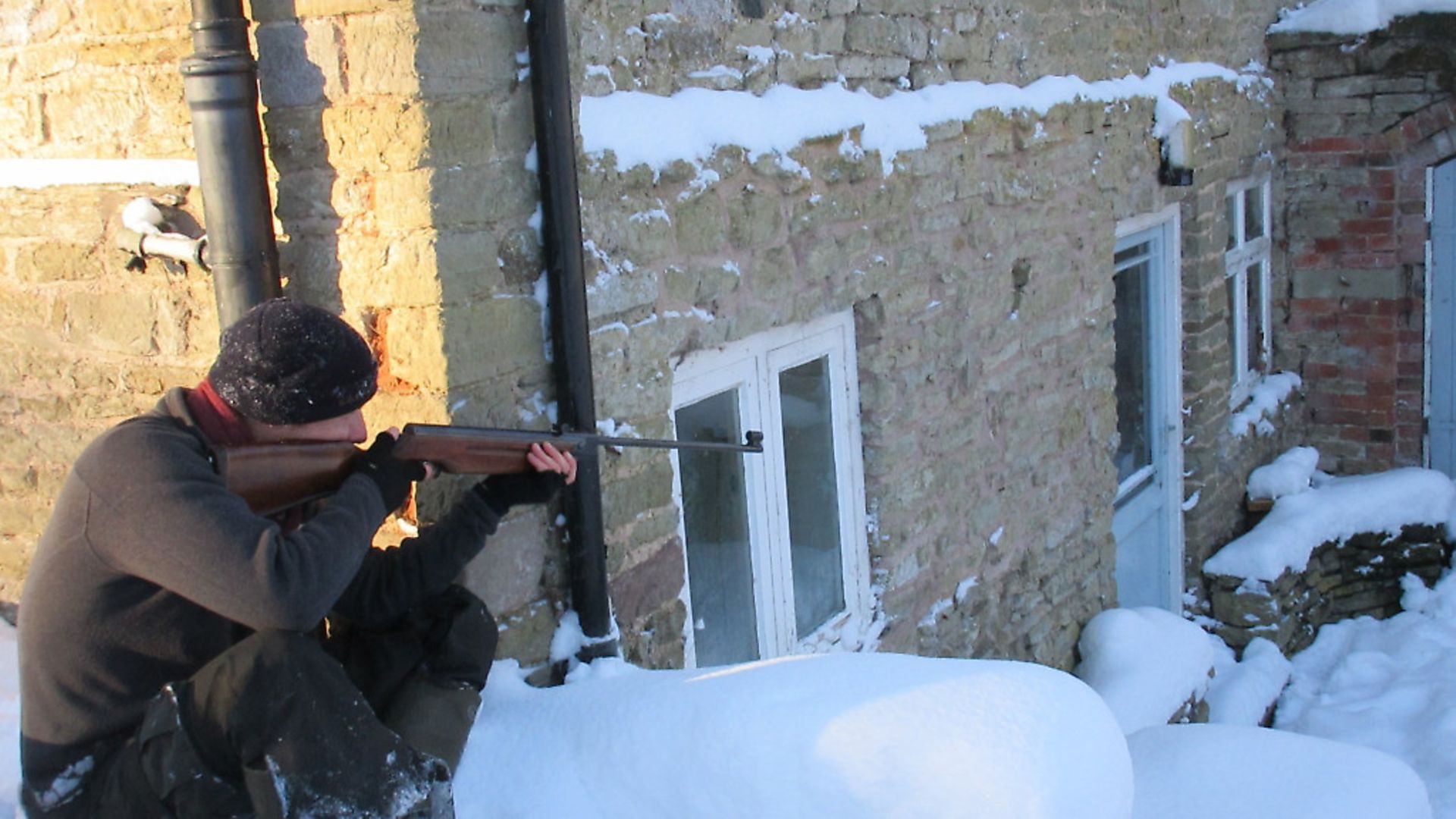Charlie Portlock takes on the airgunner’s favourite foe
 credit: Archant
credit: Archant
I have rats in my walls – I know, less than ideal. It’s odd though, I’ve lived at this house for four years and have never had a problem with rats. Mice, bats, ladybirds and a stoat, yes, but never rats. The problem is not that I don’t take care of my refuse, but is probably more to do with a local bean crop. I’m speculating, of course, but six weeks ago I found one rat dead on the road and another dead in a bestubbled field of rape near the house. I’d never seen them anywhere before this. The keeper suggested that they’d been driven out of a local bean field when it was harvested. Combine that with the fact that a new couple moved into the old smallholding in the village at roughly the same time, and you’re left with two good reasons for the rats to come looking for new digs.
My coal shed is a rodent’s paradise. Not only does it house all the junk that I can’t fit into the house, but it’s also home to the boiler and my cricket kit, woolly jumper and all. The floor is raised about two feet from the ground and is comprised entirely of ancient coal dust. It’s warm, dry and seems to allow them access to the wall space in the house. Occasional mice I can tolerate, but I know that they’re all dead because I’ve been trapping them and using the bodies to bait the camera trap – perhaps another reason why their big brown cousins have come calling - my mistake. They say that where you have rats, you won’t have mice which, I suppose, is some small consolation. I only wish that the stoat that was squatting in an old warren underneath the house, in the spring, would come back to drive the rats away. There’s a tawny owl about and a buzzard uses the roof as a hunting perch, but only in the mid-morning. I’m allergic to cats. Lucky that I have a house full of rifles then.
 credit: Archant
credit: Archant
The plan
Finding the location of the nest was easy. I’d seen evidence of their feeding so knew that they were about, but displaced coal dust under the shed door gave me a clue and an afternoon trip to reset the boiler was rewarded with a double sighting. It’s understood that brown rats, the common species in the UK, will rarely stray more than 20 metres from their primary food source and seem to prefer to pick a single area to build a nest rather than wander in search of food, which is dangerous. I’m not quite sure what they’re eating within the walls, apart from spiders and cable insulation, but they seem to be enjoying themselves during the small hours when I’m trying to sleep.
I set up a camera trap overlooking the shed door to try to discover more about their feeding habits and to determine when might be the optimum time for me to sit in cover with the rifle. It’s cold at the moment and I wanted to make sure that my minutes were well spent, particularly during the dark evenings. Having left the camera out for four days, I was rewarded with just one confirmed sighting of a rat leaving the shed at 5.36pm. On the back of this scanty intelligence, I slathered the ground with Marmite by way of a bait point and planned to return two days later.
 credit: Archant
credit: Archant
The range to the bait point from my shooting position was just over seven yards and although I was confident using open sights at this range, I needed to re-zero because my pellets were striking over an inch and a half low. After shooting about ten shots, I felt confident that I could kill humanely at this range with the heavier .22 pellet, although this isn’t my normal choice for hunting.
However, my main issue was illumination because the fore sight (a post) was almost invisible even under the security light which was useless after dark because it has no setting for being permanently engaged. I did try to fashion a rudimentary pulley system to trigger the motion sensor from concealment, but it didn’t work. It was then back to the drawing board to improvise a green light using my head torch and a filter. This worked quite well, but would it still spook the rats? To combat the gloom I positioned cardboard behind the bait point to improve visibility, but as twilight fell I regretted not having fitted and then zeroed a scope with an illuminated reticle. Next time. The low population density and the cold weather combined ensured that I spent a fruitless hour in the cold before wimping out and returning indoors to rethink.
 credit: Archant
credit: Archant
Try try again
The next day I mounted my HW99 with an illuminated reticle scope, re-zeroed at 10 yards and then set up the camera trap again, this time using cooked wild boar mince to lure the rats out. I replaced the bait every day for three days and hoped that by this time the rats were becoming used to the treat. They were definitely eating it, but much later in the night than I supposed, and my next vigil saw me out at 11.20pm to catch them as they came for brunch. Presumably they can hear me moving about the house and they time their feeding accordingly. Looking back at the camera trap data, I found that most of their earlier activity had been on days when I hadn’t been at home to disturb them.
 credit: Archant
credit: Archant
After a cold wait of about half an hour, I heard and then saw a single animal slip out from underneath the shed door and stop to feed in exactly the right place. I flicked the illuminated reticle to red rather than green to discern the kill zone better in the light of my head torch, then steadied myself against the wall and took a good chest shot to drop the rat where it fed. At this point, I probably should have waited for others to appear, but I was cold and satisfied with this moderate success. I’d be setting more traps, even though they’d proved less than effective.
Rat facts:
Rats might be public enemy number one, and for good reason, but they’re also fascinating in their own right.
? A 2011 study found that they’re prosocial, meaning that they display selfless and generous behaviour to other rats, including freeing them from their cages and then sharing finite resources of food with them. All female rats displayed this behaviour compared to 70% of the males.
? On the island of Norderoog, in the North Sea, rats have learned to hunt rather than merely scavenge and will actively stalk sparrows and even ducks, passing this feeding strategy on to their offspring.
? There are several areas of France where rat is consumed. Supposedly, the alcoholic rats from the wine cellars of Bordeaux are quite delicious when skinned, eviscerated, basted with olive oil and roasted over a fire of broken wine barrels. I did think about it, but I didn’t have any wine barrels.
? The Musahar community in northern India are well known to eat rats and even our very own Victorians ate rat pie, not to mention the ‘creamed lab rat’ eaten by British biologists during World War Two.
Hard work
I haven’t done much dedicated ratting and I have to say that seems quite difficult. There’s still the excitement of the wait and that long-expected moment when the quarry makes an appearance, but it’s a very different experience to stalking through woodland or over summer fields. The sensory world of the night was an interesting change for me, and twice I heard some unidentified creature moving in the undergrowth behind me. Thankfully, my rat population seems be quite small at the moment, but this does mean that sightings are rare and I’m sure there’d be more action near some grain silos or feeding bins.
They say that for every one rat you see in the daytime you have 10, which is a bit worrying. Fortunately for me, I haven’t seen any wandering about in the sunshine. I’m occasionally asked to shoot the rats in the dairy barns in the village and up until this point I haven’t made the time, but I can see how this kind of shooting would be worthwhile, especially where there’s a large and active twilight population. Light is an issue, though, so in future I’ll be looking for well-lit runs to shoot over, or investing in some decent night-vision equipment. I actually owe a friend a favour in return for some game shooting. Perhaps he’d like to come ratting instead. I’ll keep you posted on that one. Best of luck in the field.
See more from Charlie Portlock...
Hunting: Wild rifles
Why it is important to know how different shooting positions affect accuracy
8 top tips for finding ground to shoot on